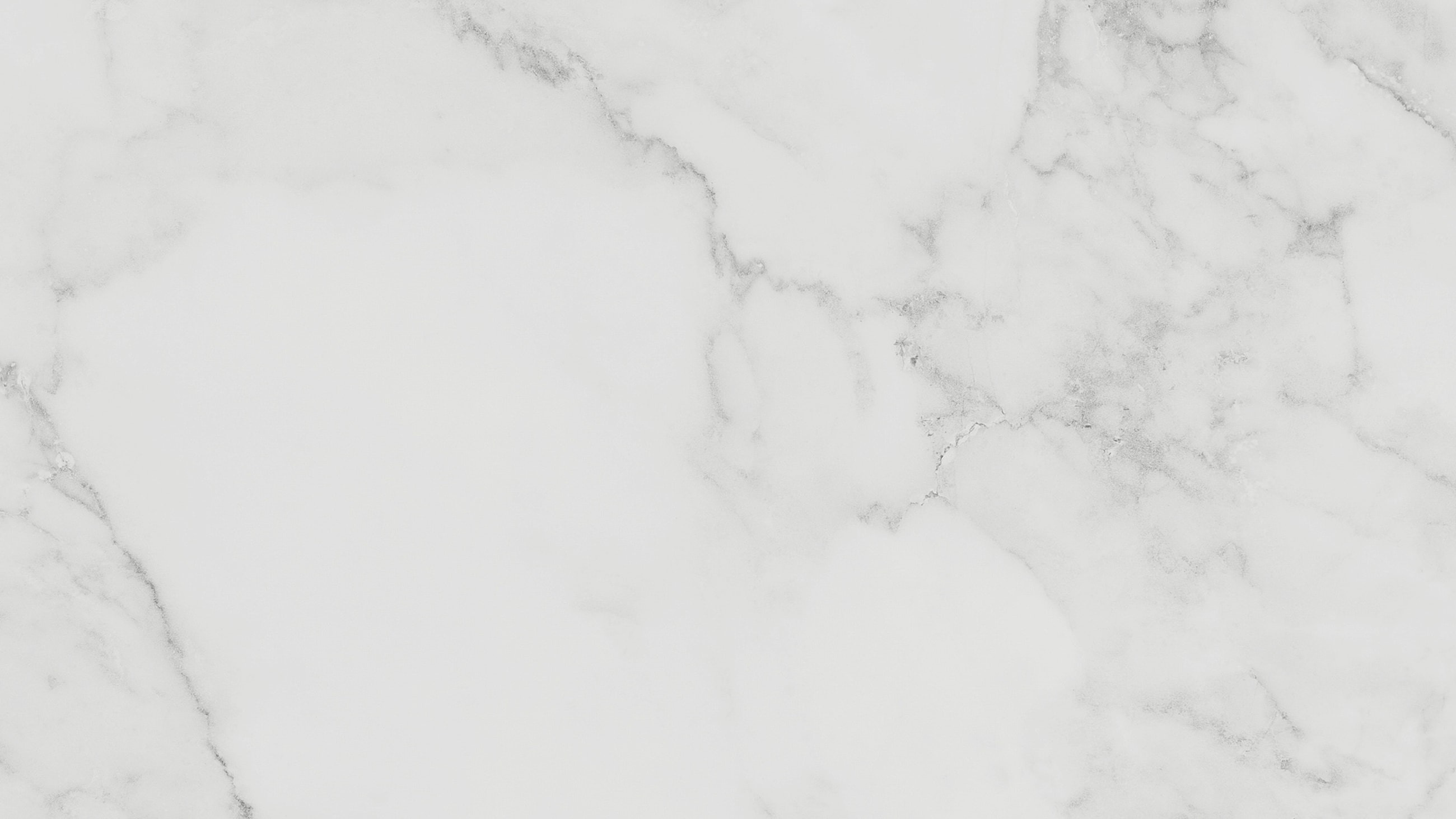
Modern cosmetic surgery is trending toward subtle, more natural-looking results. Aesthetic patients are moving away from the extreme looks of decades past and are increasingly requesting cosmetic results that enhance their natural beauty. This includes the preference many patients have for natural rhinoplasty results. The best type of rhinoplasty for a natural look is often considered to be a unique and emerging approach known as preservation rhinoplasty.
Preservation Rhinoplasty For Your Most Authentic Self
Many rhinoplasty patients today are interested in seeing subtle refinements. A smoother bridge, slightly smaller nostrils, or correction of crookedness are often the goal. Cookie-cutter or one-size-fits-all results are not what a substantial percentage of individuals seek when it comes to rhinoplasty. With preservation rhinoplasty, patients can achieve subtle refinements for reshaping while avoiding the drastic nature of traditional reductive rhinoplasty. The techniques used in preservation rhinoplasty are designed to preserve more of the underlying structures, allowing patients to maintain facial balance while experiencing less downtime and swelling.
Traditional vs. Preservation Rhinoplasty: What’s the Difference?
With traditional rhinoplasty, surgeons typically remove bone and cartilage to reduce the height of the nasal bridge or refine other features. While it can be highly effective, this method sometimes leads to unwanted outcomes such as long-term structural weakening, especially when too much tissue is removed.
In the case of preservation rhinoplasty, the surgeon works to reshape the internal structures of the nose while keeping the outer aesthetic lines intact. One of the key features of this approach is dorsal preservation, which means the natural bridge of the nose is preserved, rather than reduced and rebuilt. By working below the surface and keeping the natural dorsum and ligaments in place, preservation rhinoplasty causes less trauma to the nasal framework. This means a smoother recovery, more stable long-term outcomes, and a result that feels subtly refined.
Many Great Benefits, One Refined Look
Now that we’ve discussed the specifics of preservation rhinoplasty, let’s cover the unique list of benefits that comes with this technique.
- Incredibly natural-looking, subtle results
- Balanced facial proportions without over-correction
- Preserved underlying structures for easier recovery, less downtime
- Minimal swelling and bruising post-op
- Excellent long-term nasal stability and lower revision rates
Are You The Ideal Candidate?
Preservation rhinoplasty is an exciting option for many patients who want to avoid too much correction or for those who are not interested in completely reshaping their nose into something very different from their current look. Patients should consider their goals when deciding if this procedure is ideal for them. Are you seeking a natural change? Do you have concerns about downtime or long-term results? Are you confident that a dramatic enhancement is not what you’re going for? These are all key questions and should be carefully considered.
Ultimately, it is important to work with a knowledgeable and experienced plastic surgeon who can determine exactly what the best treatment is for you and who will be able to create an optimal surgical plan. Some patients who are in need of significant adjustments may need to opt for a more traditional rhinoplasty to achieve the results that they’re seeking.
Procedure and Recovery | What to Expect
Preservation rhinoplasty is performed under general anesthesia and is usually done as an outpatient procedure. Thanks to the internal nature of the adjustments, patients often experience minimal bruising, and most return to light activity within a week. A small cast is typically removed around days five to seven. While swelling can persist for a few months, the nose will continue to refine and settle over time, with final results developing sometime around six months to one year. Your surgeon will guide you through the healing process to ensure the nose retains its shape and that any subtle changes are progressing as expected.
Why Experience Matters in Preservation Rhinoplasty
Preservation rhinoplasty is technically demanding and not something every plastic surgeon can successfully perform. The technique requires advanced knowledge of nasal anatomy and the ability to plan subtle internal changes without relying on traditional refinement techniques. Choosing a board-certified facial plastic surgeon with specific expertise in preservation techniques is crucial.
Preserving Your Natural Beauty
As part of a larger movement in aesthetic medicine that prioritizes authenticity, harmony, and long-term beauty, preservation rhinoplasty can create a look that’s fresh, confident, and uniquely yours. If you’ve been thinking about rhinoplasty but want to preserve your natural character, book a consultation with one of our expert plastic surgeons at Charlotte Plastic Surgery and learn about all the possibilities for refinement.








